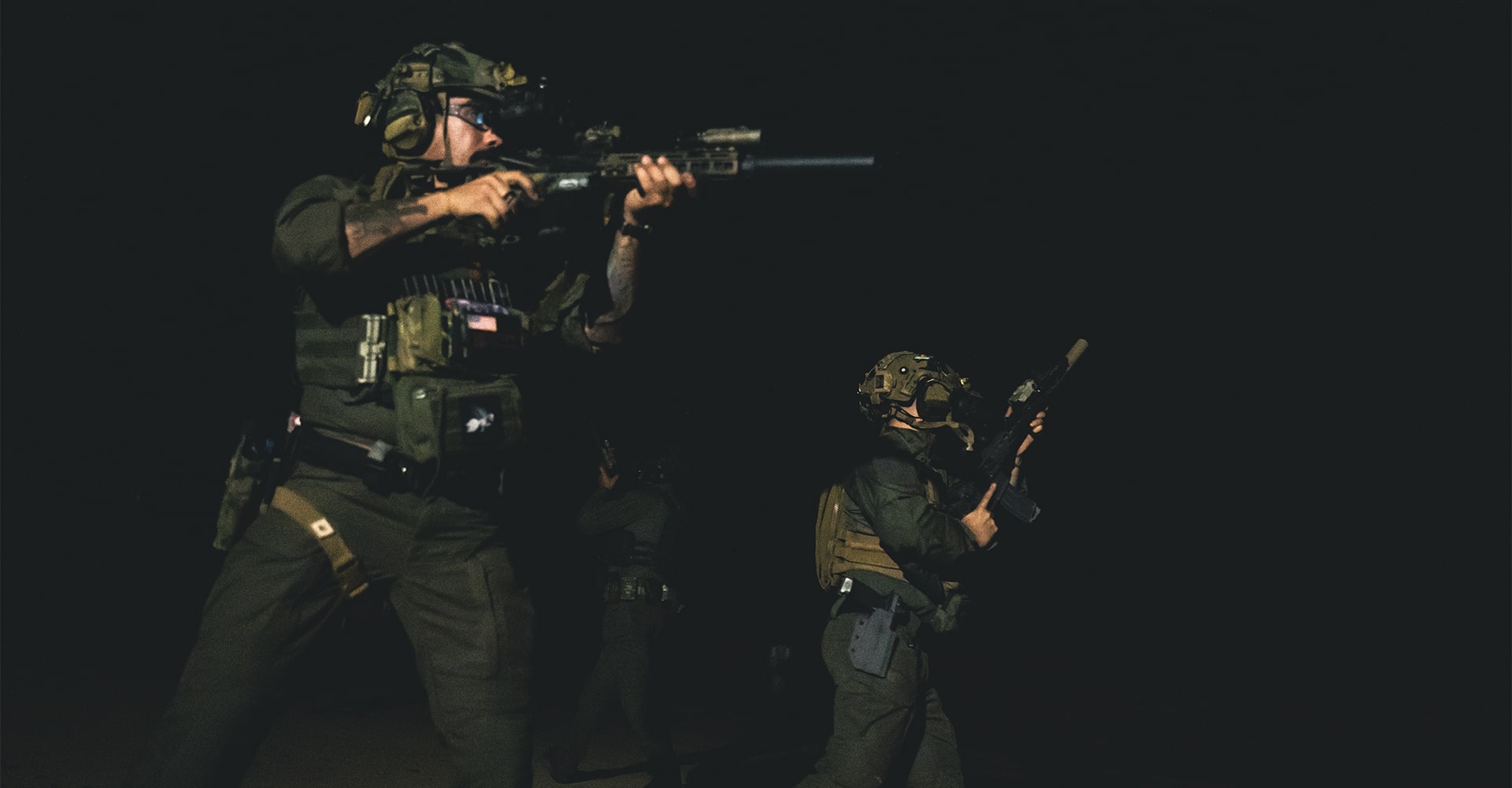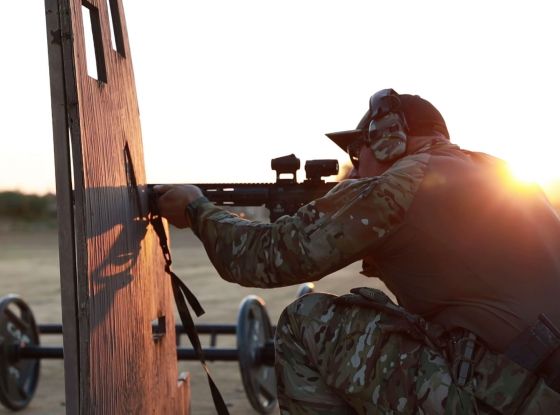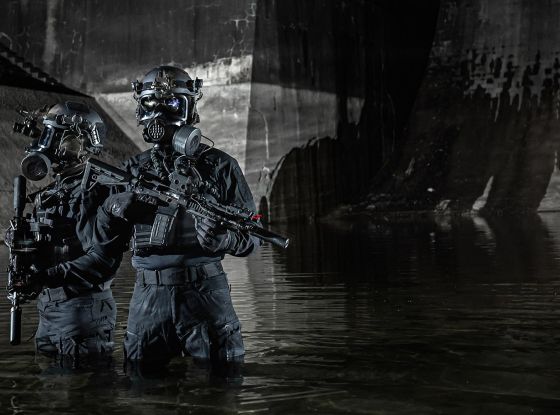It’s easy to get obsessed with gear. Plate carriers, optics, tactical rigs — they all look impressive, but in real-world encounters, none of that decides the outcome. What truly matters is how you move, how you think, and how you adapt.
In this blog post:
Mental toughness, situational awareness, adaptability, and intent — these are foundations you can’t buy, strap on, or pack in a bag. The fight you train for might look very different from the one you actually face. If your combat training doesn’t reflect that, you’re already behind.
Start With Reality, Not Appearances
Many people over-prepare for rare events and under-train for the likely ones. Full kit and flashy gear may make for good photos, but in low-visibility urban environments, your ability to move naturally, draw from concealment, and adapt on the fly is far more important than perfect range-day performance.
As David Acosta Jr., former SWAT and narcotics officer, explained on the UF PRO Beer:30 Podcast, effective combat training mirrors the environments you actually operate in — not just the gear you want to showcase.
Combat Training for Tools: Blades, Firearms, and Close-Quarters Control
Tools matter, but they’re only effective when paired with the right skills. A firearm gives reach and stopping power, but in tight spaces or sudden confrontations, a blade can provide control and create movement where there’s none. Combat training teaches you how to integrate both effectively, so you can respond to the situation rather than rely solely on gear.
Modern combatives systems, like SIOC, emphasize this layered approach. Your skills allow you to “earn your way back to the firearm” or control the threat when options are limited. By linking tool proficiency with movement, awareness, and decision-making, each section of your training reinforces the next — creating a seamless, adaptable skill set.
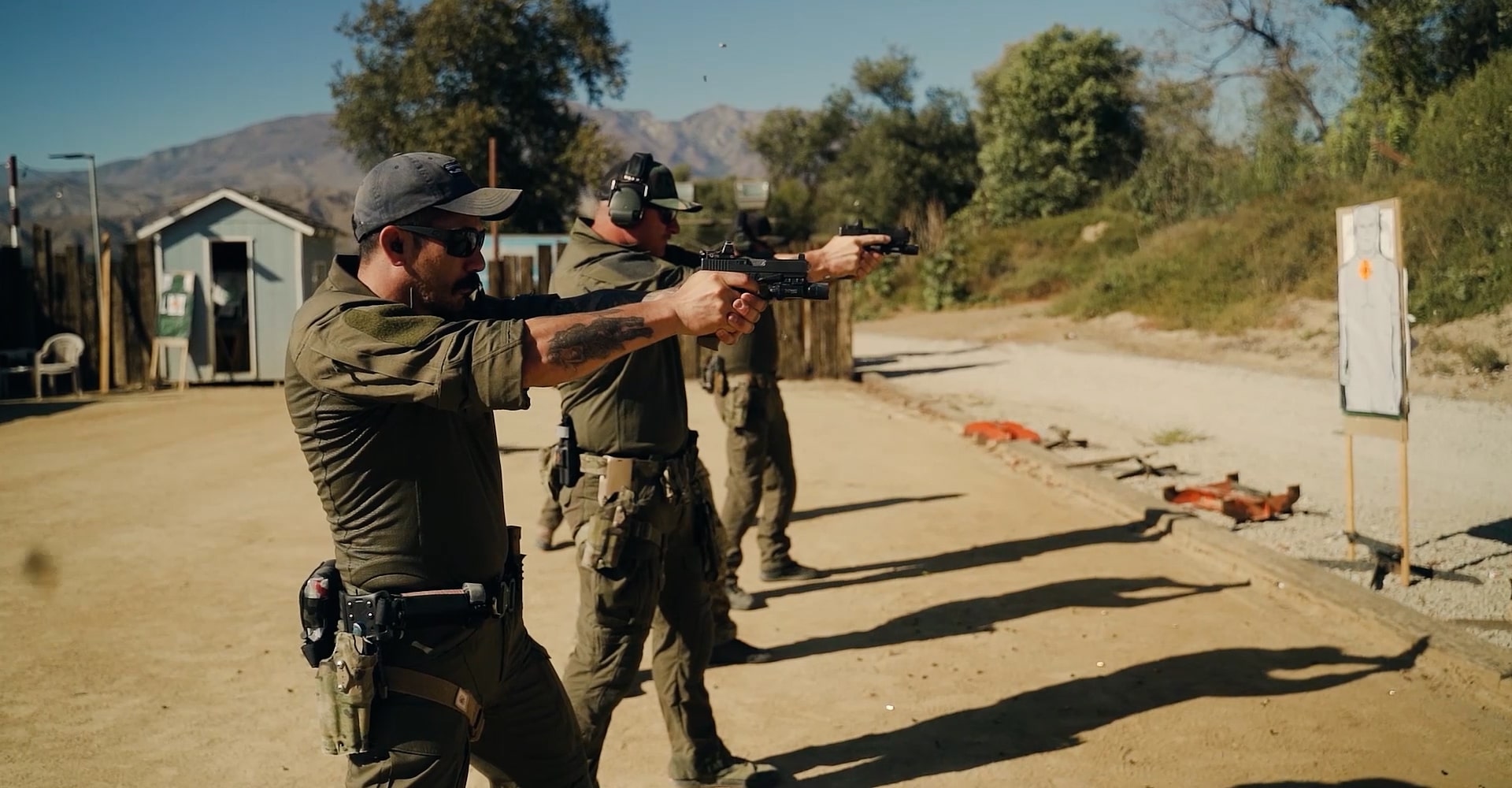
SUBSCRIBE TO UNLOCK OUR EXCLUSIVE CONTENT
Enter your email and get timely updates and relevant intel on tactical topics directly to your inbox.
You are signing up to receive updates via e-mail from which you can opt out at any time. Visit our privacy policy for more info.
You Are Your Best Tool
No equipment is more essential than the human operating it. Strength, endurance, awareness, and decision-making can’t be bought — they must be developed. In high-stress situations, performance drops to the level of your preparation. That’s why combat training focuses on building physical capacity, movement skills, and mental clarity under pressure. Gear can enhance performance, but it can’t create it.
Train Both Sides — Literally
Language shapes how we act. Calling your non-dominant hand a “support hand” encourages passivity. Reframing it as your “other strong hand” turns training into redundancy practice. True ambidexterity ensures you’re prepared if injury, environment, or positioning limits your dominant side.
This approach isn’t limited to shooting — it extends to weapon manipulation, grappling, gear access, and movement through confined spaces. Combat training for both sides strengthens your body and brain, improving reaction time and problem-solving under stress.
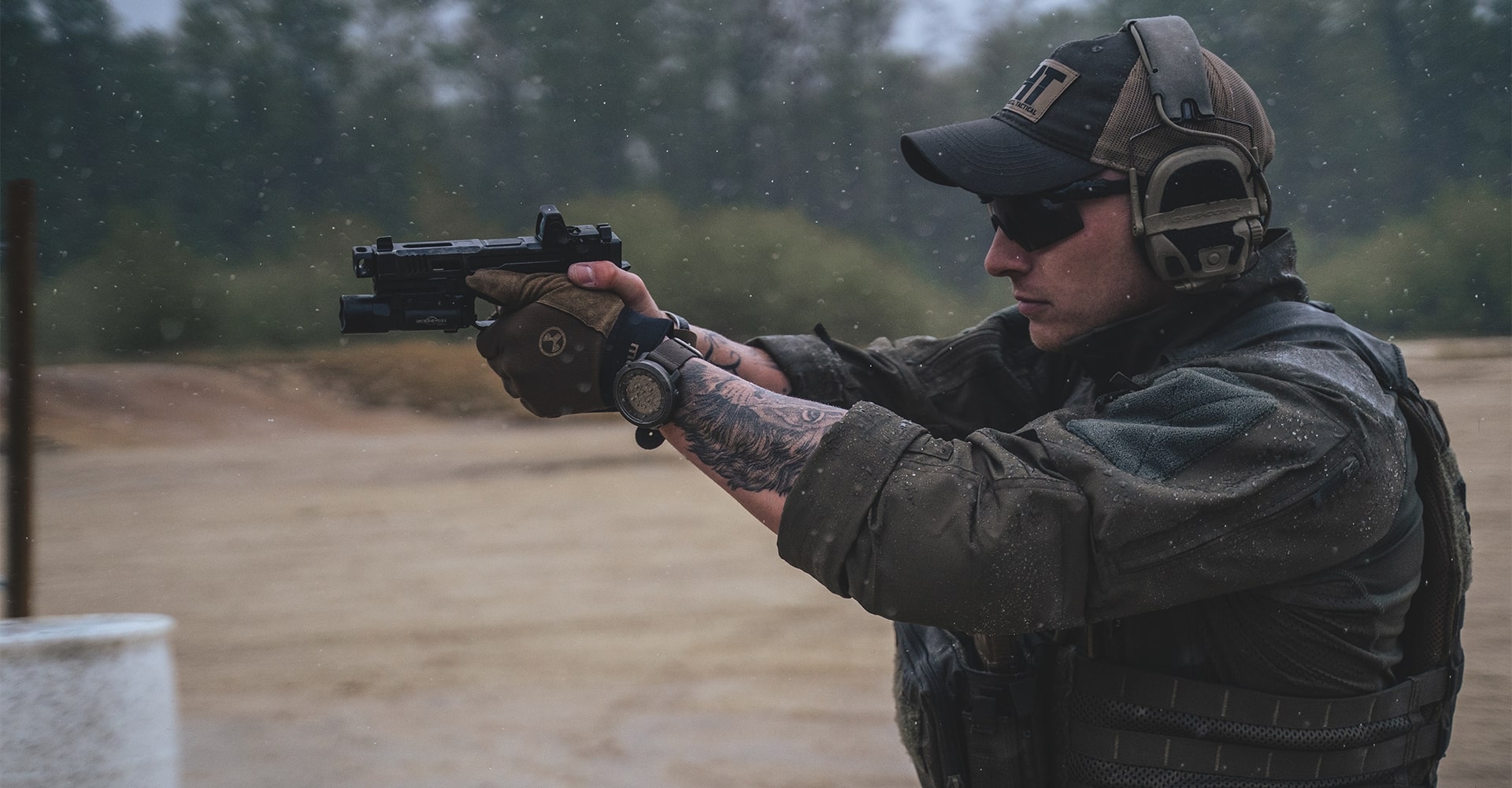
Step Out of Comfort
Real threats don’t follow scripts. Stress, friction, and mistakes during training are where capability is forged. Assume your adversary is faster, smarter, and more aggressive. This mindset forces you to expose weaknesses, adapt, and build confidence under pressure — bridging all elements of combat training into a cohesive system.
Mindset First: The Foundation of Combat Training
Gear can enhance function, but it doesn’t generate performance. Mindset, movement, and adaptability do. Becoming operationally capable means investing in yourself first: refining how you think under pressure, expanding how you move through terrain and threat zones, and preparing for the situations you’re most likely to face — not just what looks impressive.
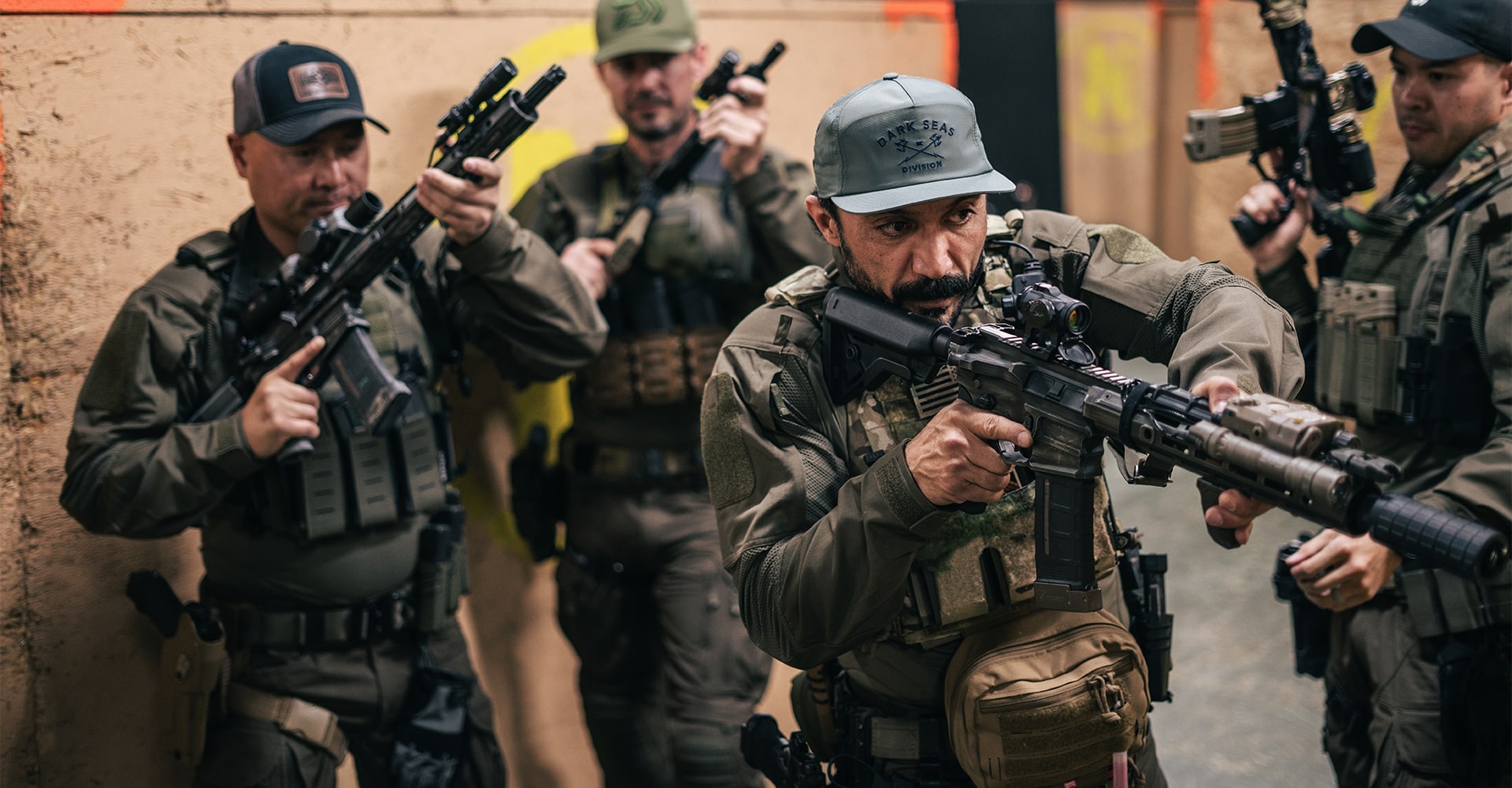
Conclusion
Training isn’t about gear. It’s about developing mindset, movement, and adaptability — the skills that truly make the difference in real-world scenarios. Focus on what you can control first: yourself.

